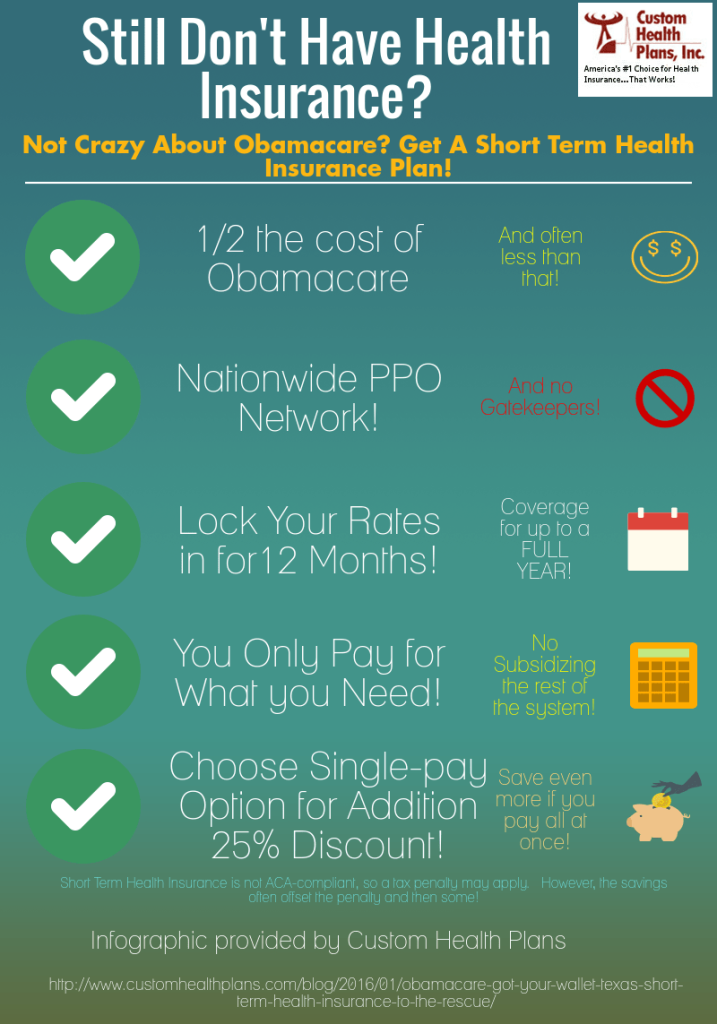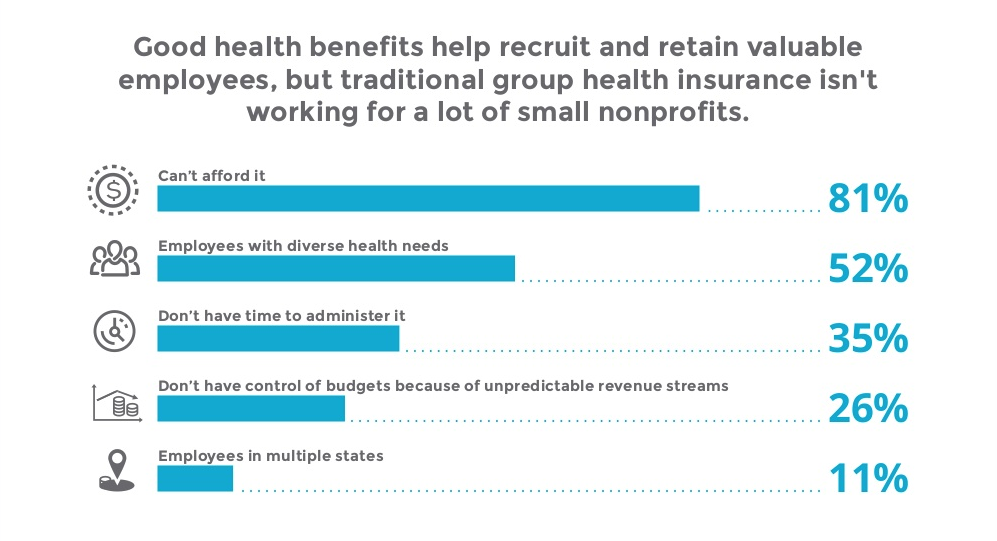The Main Principles Of Medicare Advantage Agent
The Main Principles Of Medicare Advantage Agent
Blog Article
Medicare Advantage Agent - Truths
Table of ContentsThe Buzz on Medicare Advantage AgentThe Ultimate Guide To Medicare Advantage AgentMedicare Advantage Agent for Dummies


follows from confusing the puzzling young fairly profile of the uninsured with without insurance better healthFar better wellness average, standard younger persons. For those without access to office health and wellness insurance policy, bad health is a prospective barrier to purchasing nongroup protection since such coverage may be extremely priced, leave out pre-existing problems, or be just not available. Unless otherwise kept in mind, nationwide price quotes of people without wellness insurance coverage and percentages of the populace with various kinds of insurance coverage are based on the CPS, the most widely used source of quotes of insurance coverage and uninsurance prices.

The Basic Principles Of Medicare Advantage Agent
The relationship in between health and wellness insurance and access to care is well developed, as documented later on in this chapter. The partnership in between health insurance policy and wellness outcomes is neither straight neither simple, a comprehensive clinical and wellness services research study literary works links health and wellness insurance coverage
to improved better to care, better much betterTop quality and improved personal individual population health status. The 2nd record, on personal health and wellness end results for uninsured adults, is stood for by the inner circle of the figure, while the third report, on household well-being, encompasses the subjects of the 2nd record however highlights a various unit of evaluation, namely, the family.
In addition, it focuses specifically on those without any medical insurance for any kind of size of time. The troubles encountered by the underinsured remain in some aspects similar to those faced by the without insurance, although they are usually less serious. Uninsurance and underinsurance, however, entail noticeably various policy concerns, and the methods for addressing them might vary. Throughout this research study and the five reports to follow, the main emphasis is on persons with no medical insurance and therefore no support in spending for health and wellness care past what is offered through charity and safeguard organizations. Wellness insurance policy is a powerful aspect affecting invoice of care due to the fact that both clients and physicians reply to the out-of-pocket cost of solutions. Health and wellness insurance policy, nevertheless, is neither needed neither adequate to get access to clinical services. However, the independent and straight result of health and wellness
insurance protection on access to health and wellness solutions is well established. Others will certainly obtain the healthcare they require also without medical insurance, by spending for it out of pocket or seeking it from service providers that offer care cost-free or at extremely link subsidized prices. For still others, health insurance coverage alone does not make sure invoice of treatment as a result of other nonfinancial obstacles, such as a lack of healthcare companies in their community, restricted accessibility to transport, illiteracy, or linguistic and cultural differences. Formal study concerning without insurance populations in the United States dates to the late 1920s and early 1930s when the Committee on the Expense of Medical Treatment generated a collection of records about financing physician office brows through and hospital stays. This concern ended up being salient as the varieties of medically indigent climbed throughout the Great Depression. Empirical research studies consistently support the link in between access to care and boosted health end results(Bindman et al., 1995; Starfield, 1995 ). Having a regular resource of treatment can be taken into consideration a forecaster of gain access to, instead of a direct action of it, when wellness results are themselves utilized as gain access to indications. This expansion of the notion of access dimension was made by the IOM Board on Keeping An Eye On Access to Personal Healthcare Services(Millman, 1993, p. Whether or not moms and dads are insured shows up to impact whether their kids obtain care as well as just how much careeven if the children themselves have protection(Hanson, 1998). The health of parents can affect their ability to take care of their youngsters and the level of household stress. Stressing concerning their children's access to care is itself a resource of tension for parents. Three phases follow in this record. Chapter 2 gives a review of exactly how employment-based medical insurance, public programs and individual insurance plan operate and connect read this to offer extensive but insufficient protection of the U.S. populace. This consists of an evaluation of historic trends and public laws affecting both public and exclusive insurance coverage, a discussion of the communications amongst the different sorts of insurance coverage, and an assessment of why people relocate from one program to an additional or wind up

Report this page